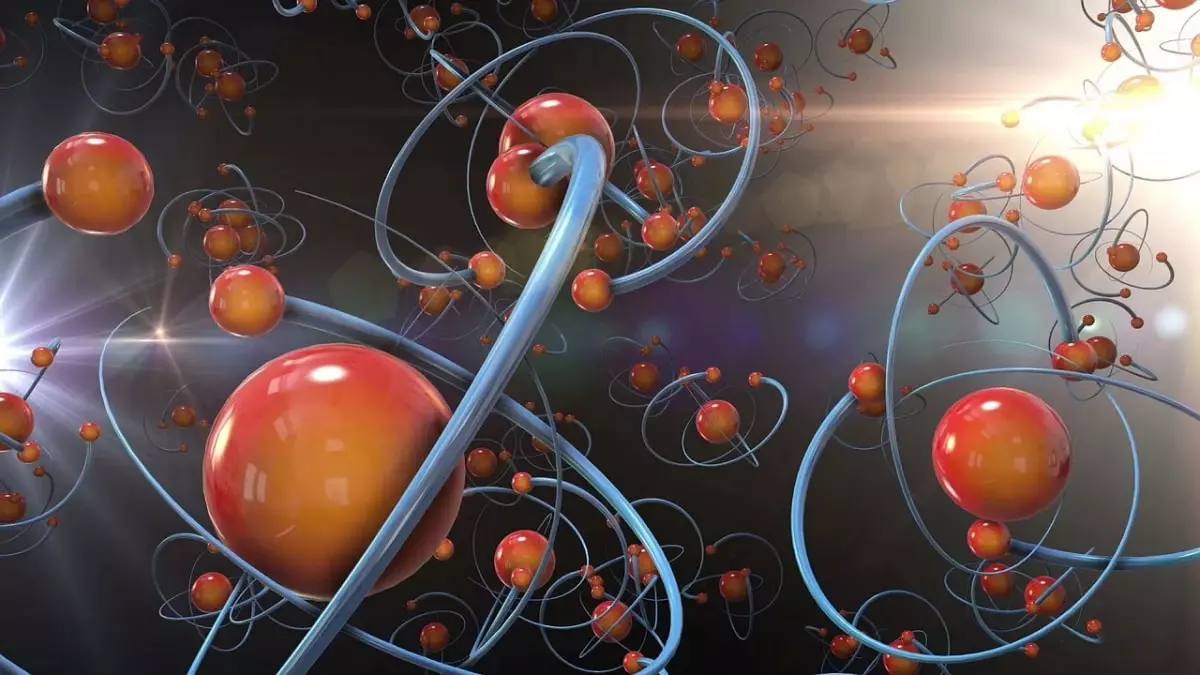As human curiosity propels scientific exploration into the vastness of space, organic molecules consistently emerge as integral components in the ongoing quest to comprehend the universe and the inception of life. Recent advancements—facilitated by groundbreaking missions such as the European Space Agency’s Rosetta and NASA’s Osiris-Rex—have unveiled critical insights into the prevalence of these compounds beyond our planet, illuminating pathways through which life may have originated on Earth. These discoveries not only address fundamental biological questions but also invite us to reconsider the very fabric of life itself.
Research has indicated that organic molecules can be traced back to interstellar clouds, comets, and asteroids. Within these celestial bodies lies a treasure trove of chemical elements from which life could potentially arise. The Rosetta mission achieved remarkable results when it detected 44 distinct organic compounds on comet 67P/Churyumov-Gerasimenko. Among these compounds was glycine, a critical precursor for proteins, alongside dimethyl sulfide—an indicator of biological activity on Earth.
Moreover, asteroids have proven to be equally rich in organic materials. The samples collected by Japan’s Hayabusa2 and NASA’s Osiris-Rex missions from asteroids Ryugu and Bennu revealed vast arrays of organic compounds, showcasing the readiness of primordial chemistry in our cosmic neighborhood. The identification of 15 amino acids on Ryugu—an essential element for life’s building blocks—highlights the significant role these celestial objects may play in the establishment of life forms.
The formation of organic molecules can be traced through two primary pathways that unveil the dynamic processes occurring within the cosmos. One involves combustion-like reactions in the final stages of star life, while the other occurs on icy dust grains found within molecular clouds. The latter pathway, characterized by interactions with radiation and cosmic rays, is particularly fascinating. It shows how molecules like methanol can arise from these cold, cosmic environments.
Research indicates that even the simplest amino acid, glycine, can form in these conditions. This significant revelation suggests that the molecular complexity needed for life existed long before star systems took shape, providing further evidence that the chemistry of life could be an inherent characteristic of the universe.
The regions where stars and planets are born—known as protoplanetary disks—are abundant with organic compounds. Observations from the Atacama Large Millimeter Array (ALMA) have confirmed the presence of substances like methanol in these disks. Interesting computational models have proposed that these organic materials have the potential to endure the tumultuous processes accompanying planetary formation, continuously evolving chemically and thereby enhancing the prospects for the emergence of life.
The implications of uncovering these complex organic compounds are revolutionary. They may not only aid in understanding life’s genesis on Earth but also guide future exploration for biosignatures—indicators of life beyond our planet.
Looking ahead, the continued exploration of organic compounds heralds new possibilities for astrobiological research. NASA’s upcoming Dragonfly mission to Saturn’s moon Titan represents a significant leap in this research, seeking to explore environments that harbor hydrocarbon lakes and a thick atmosphere conducive to life’s chemistry. Such missions reinforce the concept that the building blocks of life are not restricted to Earth, paving the way for the tantalizing prospect of discovering extraterrestrial life.
The revelations from these cosmic explorations bolster the narrative that organic chemistry is a universal phenomenon. This indicates that the components essential for life may be widespread across the universe, fostering optimism for the existence of life beyond our tiny blue planet. As we further explore the cosmic realms, we stand on the precipice of profound discoveries that may unravel the mysteries surrounding our own existence and the potential for life in the universe at large. The journey to find life is ongoing, but it is increasingly clear that the building blocks are out there, waiting to be uncovered.


Leave a Reply